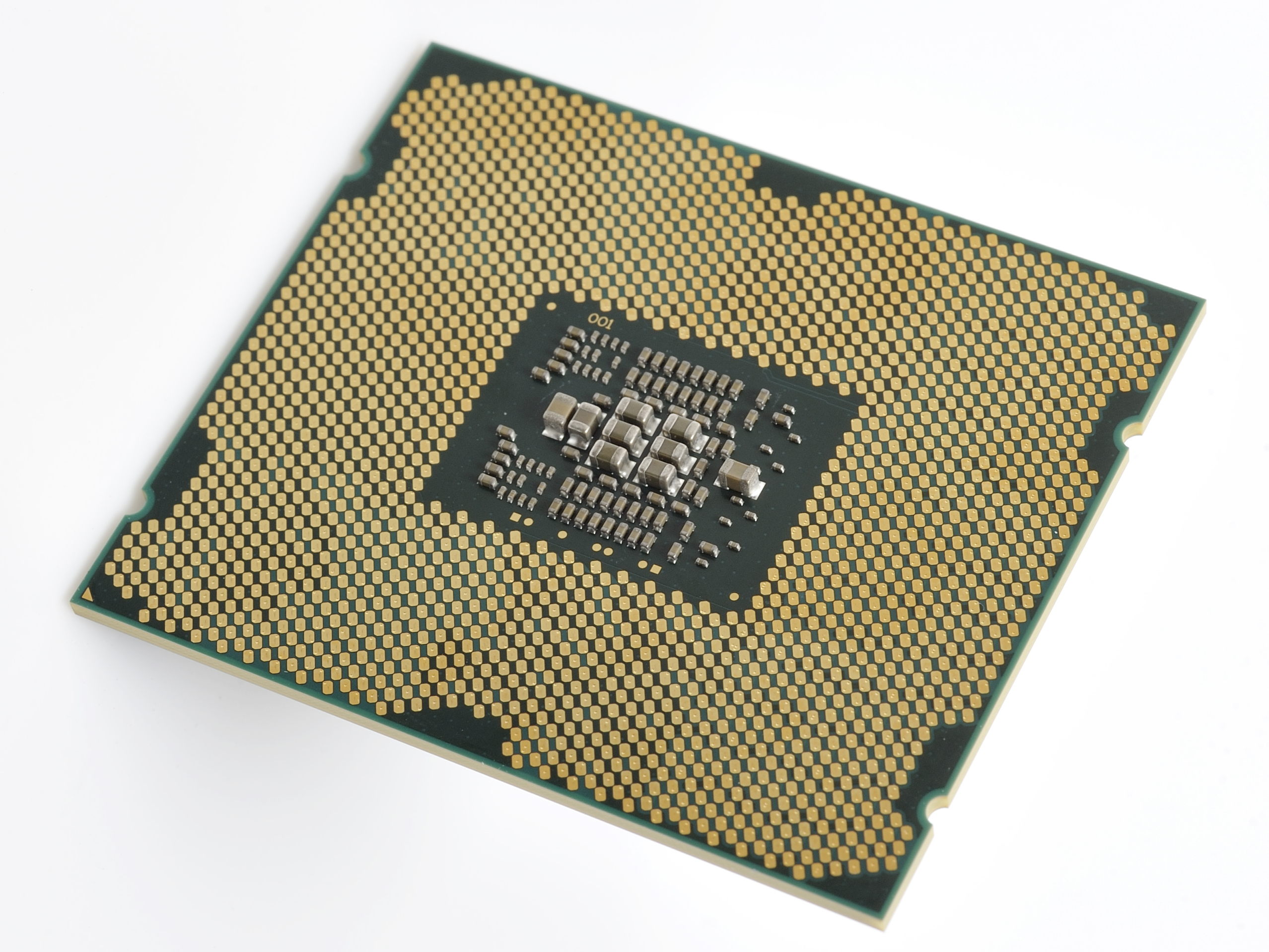TechRadar Verdict
Pros
- +
Good price
- +
Decent performance
Cons
- -
No improvement over 2700K
- -
Still pricey as a whole platform
Why you can trust TechRadar
This is a bit more within the reach of us mere mortals - a Sandy Bridge E CPU that doesn't cost the same amount as some full PCs.
Intel, with even less of a fanfare than it made for the muted launch of the Sandy Bridge E platform, has now unleashed the quad-core iteration of its top-end chips, the Intel Core i7 3820, priced at £260 in the UK and $286 in the US.
But, to be honest, we're not entirely sure why this CPU even exists.
Before this, the cheapest Sandy Bridge E processor was the Intel Core i7 3930K, costing £450-500 in the UK and $650-700 in the US. The crazy expensive £800-900/$1,100-1,200 Intel Core i7 3960X takes its place at the top of the Intel CPU tech tree. Both those CPUs are full-blooded hex-core chips with Hyper-Threading tech enabling twelve threads of processing power.
Except that they're not really hex-core chips at all. The Intel Core i7 3930K and i7 3960X are actually octo-core server chips with a couple of cores disabled to fit into the desktop segment.
This, coupled with the huge price tag, has been our major bugbear with the latest of Intel's top-end chips. We now have eight-core CPUs potentially running in our home rigs, but unfortunately we're not allowed access to the disabled silicon sitting inside our incredibly expensive chips.
A cynic would say Sandy Bridge E represents a great opportunity for Intel to sell broken Xeons to the desktop computing crowd for a tidy profit.
Intel obviously refutes this, making the case that it believes the consumer would rather have higher clockspeeds over those extra cores, and it needed to sacrifice two cores to hit the 3.3GHz speed of the top chip.
Before with the imminent release of its E5 Xeons, Intel has managed to hit 3.1GHz with a Sandy Bridge E-based server chip designed for the LGA 2011 socket.
So what about the Intel Core i7 3820? Is this huge processor the same, is it really carrying around four dead cores in its innards? Little ghoulish really...
